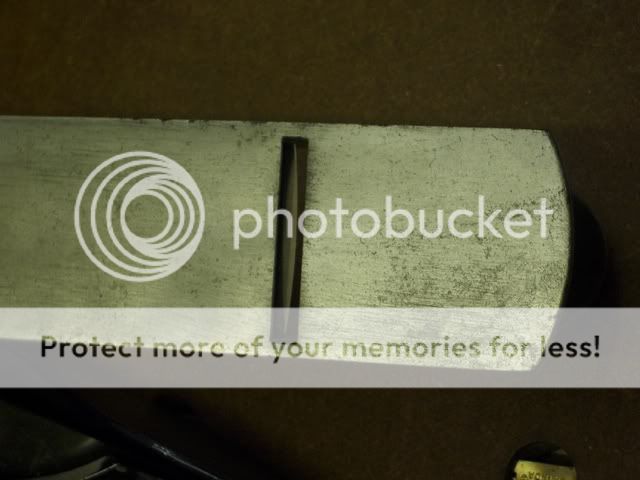Joe
Established Member
Just when I thought I was making a tiny bit of progress, along comes a new problem to make me feel completely inept. I have a small Sjoberg workbench with shoulder and tail vice which I inherited a couple of years ago. It was pretty scruffy when I got it, having been stored in a damp loft space for a while and also used as a general work surface in a painting studio. I originally gave it just a cursory clean up before starting to use it.
I have spent the last four days labouring in vain to do a proper job of flattening the top of the bench. There was quite a bit of wind, perhaps as much as 8mm, which I have more or less planed out (at the cost of losing most of a dovetail pin on one corner). The problem I am having is that I can't take anything even approaching a full shaving along the length of the bench - the plane (a no. 6) just skates along taking the odd tiny shaving here and there. The top is made largely of beech (the grain running the length of the bench) with birch end caps (grain running across). I am covering the entire width and length of the surface with the plane iron (which is slightly cambered).
I appreciate that it may be difficult to deal with this without seeing the bench first hand, but if anyone can offer me any advice I would be very, very grateful. You just might save a family heirloom from being hacked to pieces by an extremely frustrated and inexperienced woodworker with a large axe.
I have spent the last four days labouring in vain to do a proper job of flattening the top of the bench. There was quite a bit of wind, perhaps as much as 8mm, which I have more or less planed out (at the cost of losing most of a dovetail pin on one corner). The problem I am having is that I can't take anything even approaching a full shaving along the length of the bench - the plane (a no. 6) just skates along taking the odd tiny shaving here and there. The top is made largely of beech (the grain running the length of the bench) with birch end caps (grain running across). I am covering the entire width and length of the surface with the plane iron (which is slightly cambered).
I appreciate that it may be difficult to deal with this without seeing the bench first hand, but if anyone can offer me any advice I would be very, very grateful. You just might save a family heirloom from being hacked to pieces by an extremely frustrated and inexperienced woodworker with a large axe.


































